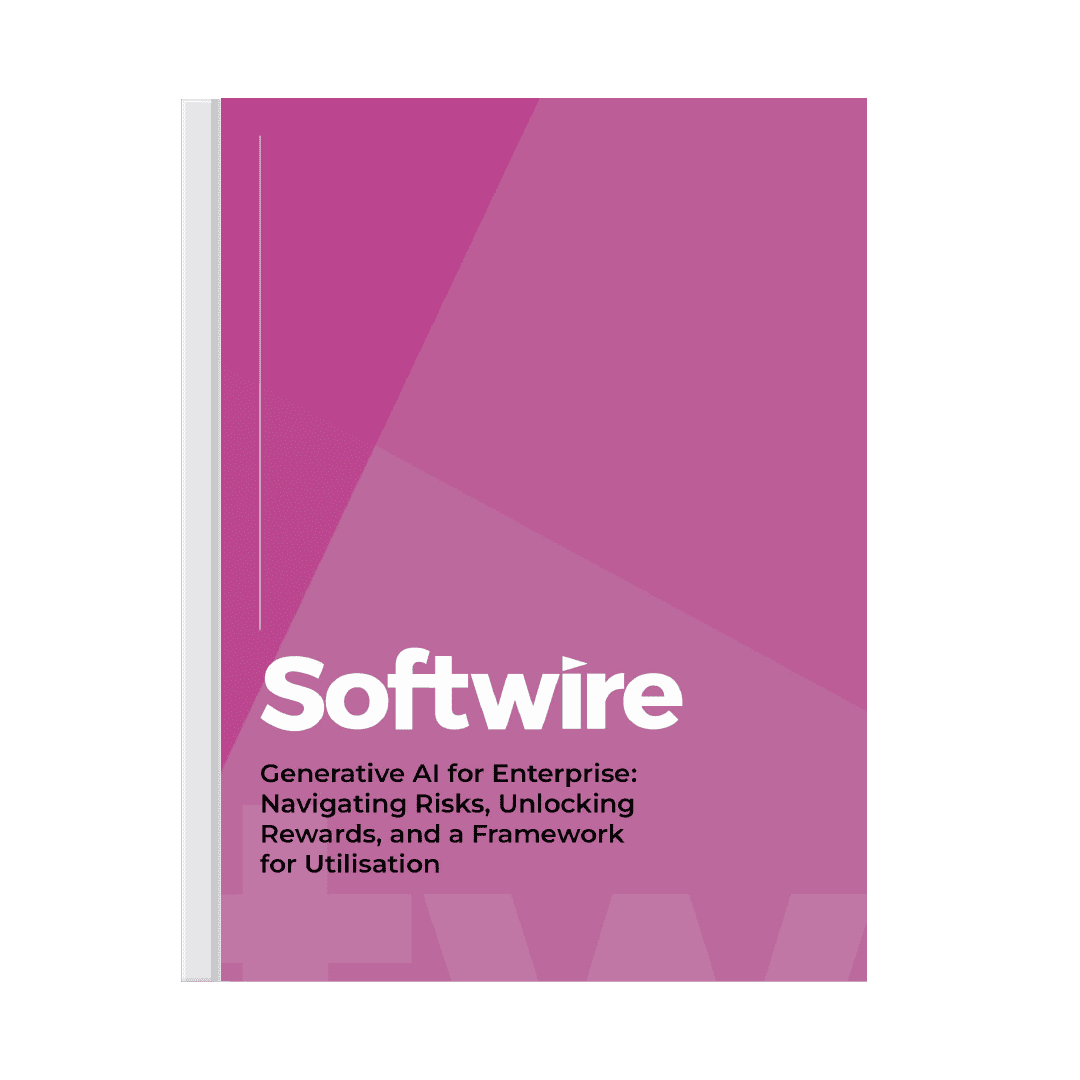
In many organisations, the need to make cost-savings or deliver more value with fewer resources is ever-present. IT often faces the double-whammy of being the department charged with realising many of the efficiency savings the business is demanding, while also being asked to tighten its own belt.
There are lots of ways IT teams can cut costs, while still providing high-quality services to the business. So if you’ve been tasked with this tricky double-challenge, here are eight things to consider.
1. Audit your IT architecture

Many organisations’ IT estates grow organically over time, with systems and capabilities added ad hoc to address specific business needs. Over time, these needs evolve, meaning tools that were put in place may no longer be right for the job – if they’re even required at all. This is why it’s good practice to periodically audit your IT estate, assessing whether the hardware and software components it contains are the most cost-effective and operationally efficient way of achieving what your organisation wants to today and in the future.
Could a legacy system be retired, by transferring its capabilities to other tools you already have? Could you consolidate multiple similar applications, thereby saving on licensing or maintenance costs? Would a modern, bespoke application be better-suited and more cost-effective for your organisation than an ageing legacy tool.
2. Are your ways of working as cost-effective as they could be?

Linked to the first point, but worthy of its own distinct assessment, is the need to review your IT-related business processes and the way your teams operate.
Are you doing something because of a current need, or does it stem from historical factors that are no longer relevant? As your IT estate changes, can you now eliminate or streamline certain tasks, such as application development or testing?
By answering questions such as these, you may uncover areas where you could achieve substantial efficiencies, enabling your people to spend more of their time on higher-value work.
3. Rationalise your skills base

Like your technology itself, the base of skills in your organisation is likely to have developed over time to support a variety of systems and technologies. As needs change and/or you consolidate your IT estate, the skills you require will also evolve. Expertise that was essential to you a couple of years ago may now be peripheral, while other areas will have grown in importance. Maintaining skills that are no longer central to your strategy is unlikely to be the best use of scarce funds.
The market for skills changes as well. Competencies that were once commonplace – and therefore easy to source – may be becoming rarer. This can make it harder and more expensive to maintain a base of these skills in-house.
Ask yourself what skills you really need, then assess whether you’re best-off keeping them in-house, or whether outsourcing certain niche or specialist aspects would be more cost-effective and less risky. Working with selected partners in this way can free up your own resources to focus where they can have the most impact.
4. Rationalise your suppliers

This leads us nicely to our next point: what was the last time you took a holistic look at all your supplier contracts? You may find you have opportunities to consolidate down to a smaller number. Doing so can open up opportunities to reduce management overheads and negotiate improved terms, resulting from increased volumes of work.
5. Ensure new IT spend is aligned with organisational strategy

When a team needs a new IT capability, tactical solutions often get procured in isolation. And while this quick buying process may seem beneficial in the very short term, it can lead to problems longer-term. For example, capabilities may get duplicated in different parts of an organisation, meaning you’re paying multiple times for the same thing. Equally, a tool that meets your team’s needs today may not be able to scale to meet future requirements, meaning you’ll end up with the cost and disruption of replacing it in the future.
This is why it’s so important to think strategically when a team asks for a new capability. Could you deliver it using existing tools? Who else may benefit from this capability in the future, and what are their requirements? How might the capability need to evolve as your organisation grows?
Taking a bit of extra time at the start in this way can save you significant time and money in the future.
6. Move to the cloud

There are many reasons to move IT capabilities to the cloud, with the potential financial benefits being one of them. Because provided you design your service in the right way, hosting it in the cloud can open the door to savings on several levels.
Firstly, you can reduce your data centre spend. Secondly, you can cut the amount of time your teams spend maintaining hardware, freeing them up to do other, more valuable work. Thirdly, you can all-but-eliminate the opportunity cost that results from under-utilised on-prem capacity. And fourth, you’ll no longer need to spend time and money specifying, procuring and migrating to new hardware every few years.
7. Identify where emerging technologies can help

Blockchain, artificial intelligence, the IoT, chatbots… there’s a long list of exciting new technologies that can make a real difference to organisations’ finances, when applied in the right way. With all emerging tech, though, it’s important to understand the limitations. AI, for example, isn’t going to be able to make every decision in your business, but if you target it correctly, it can enable automation of expensive, time-consuming tasks, such as reviewing eye scans for signs of potentially serious conditions.
By applying these technologies in carefully targeted ways, you could unlock opportunities to free up skilled resources to focus where they can make the biggest difference.
8. Start small and work in increments

Particularly when there’s a new technology available that you believe has the power to transform your organisation, it can be tempting to go all-out on a big-ticket project that you hope will unleash its value. This approach is risky, particularly with emerging technologies: Once your (lengthy) project reaches completion, your needs may have moved on, or the technology could have failed to live up to its promise.
This is why it’s best to start small and deliver in increments. Quick, low-cost prototypes will help establish whether the technology is going to achieve what you hoped for. If it isn’t, you haven’t wasted enormous sums on it. And if it is, the early prototype may enable you to start getting value sooner than if you went straight for a full-scale system. It also means you can then continue to build out the production capability with much greater confidence, knowing the tech you’ve chosen is suitable and is meeting real business needs.


